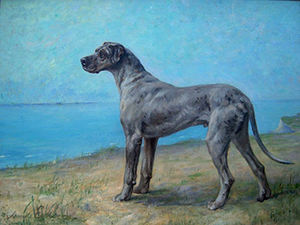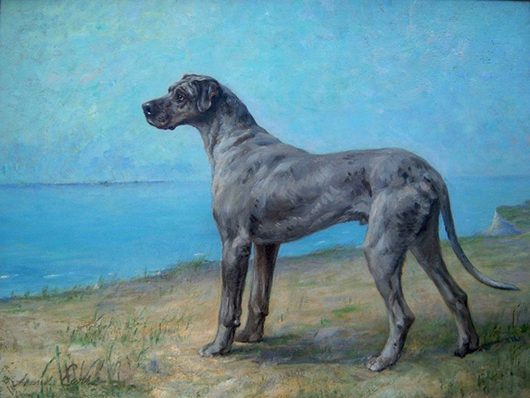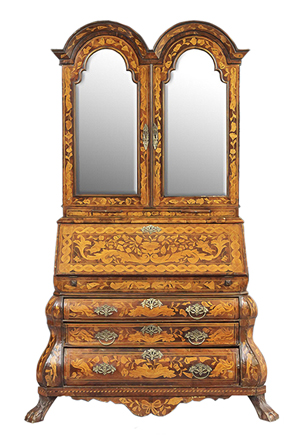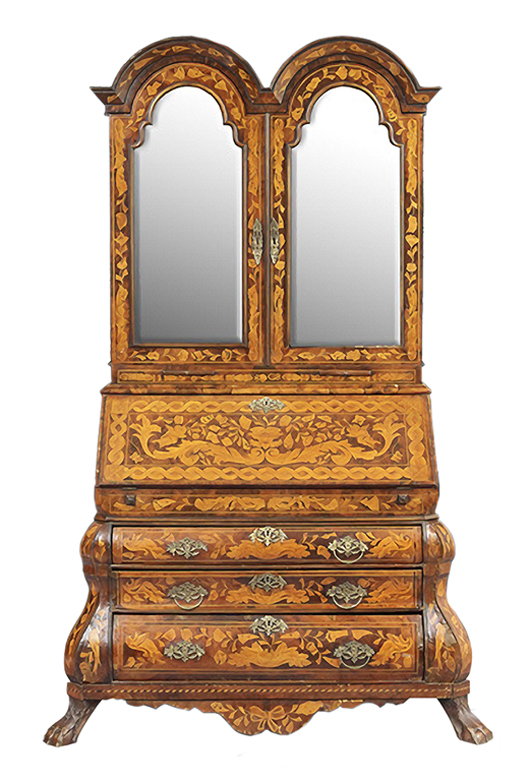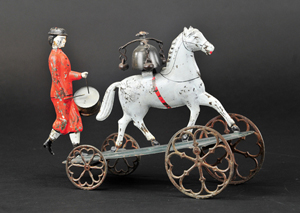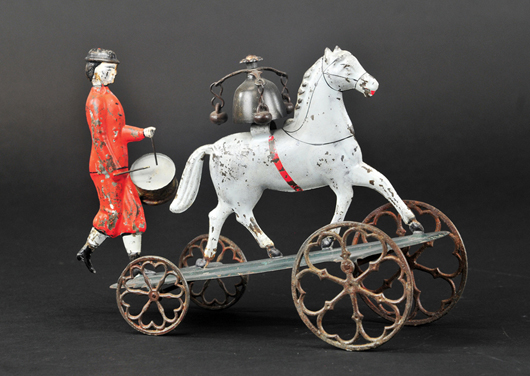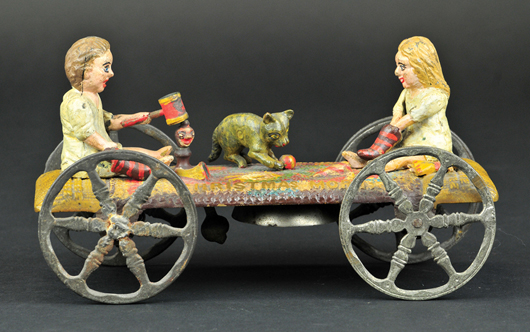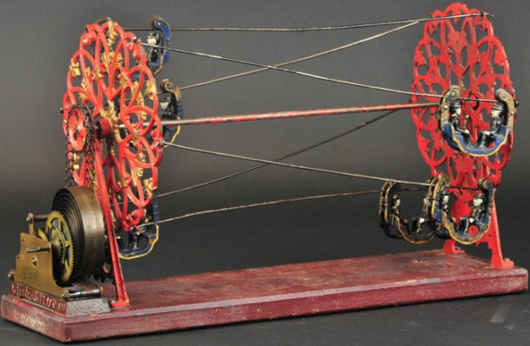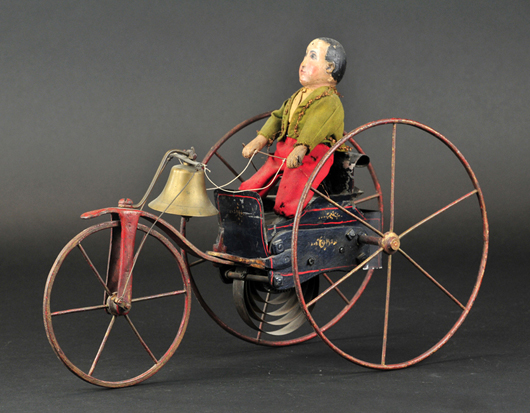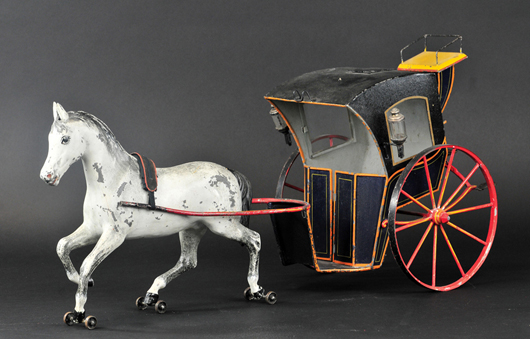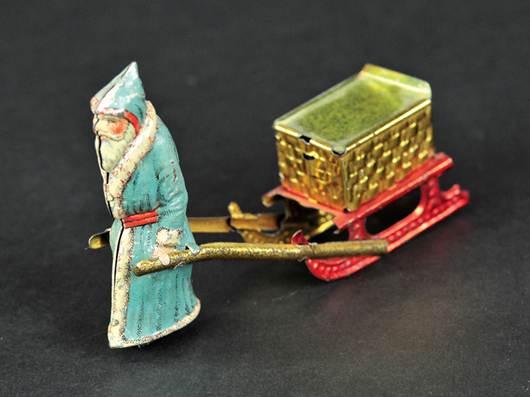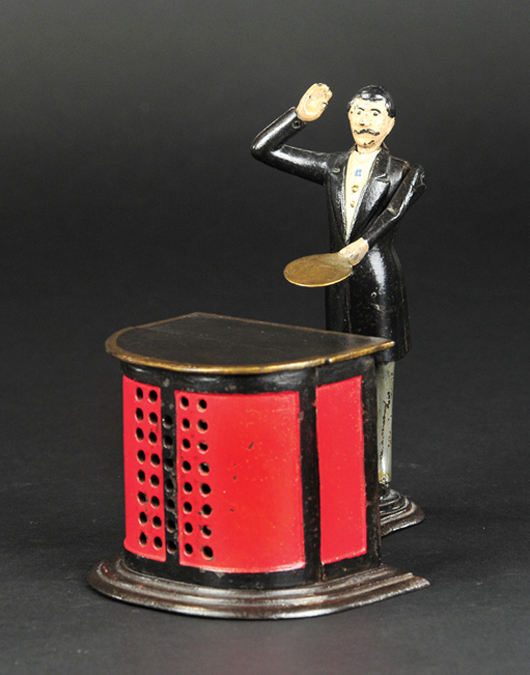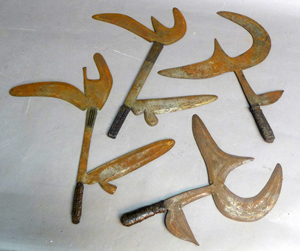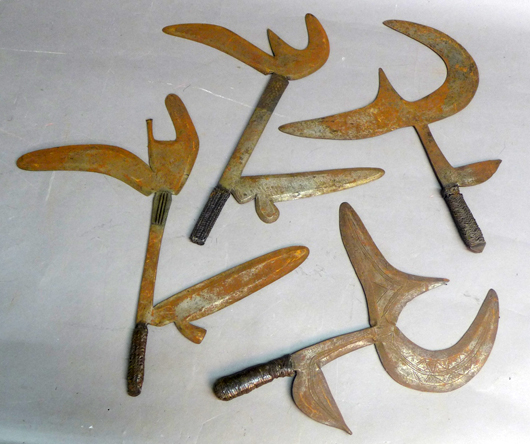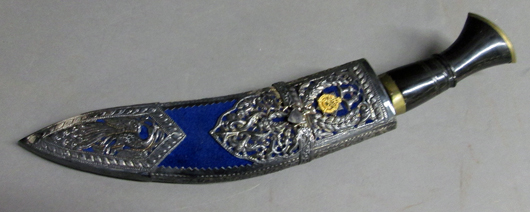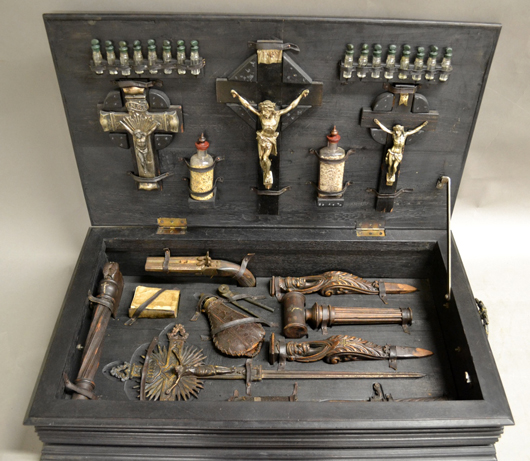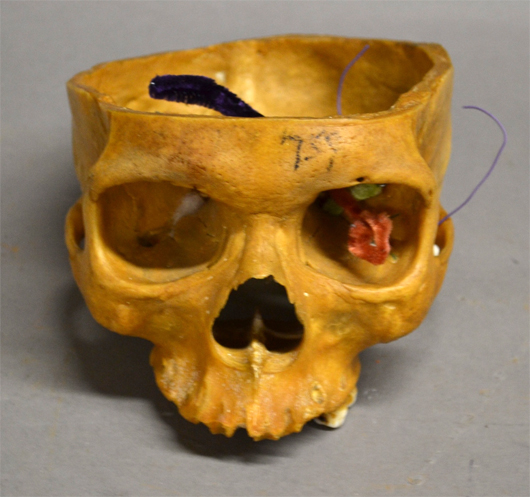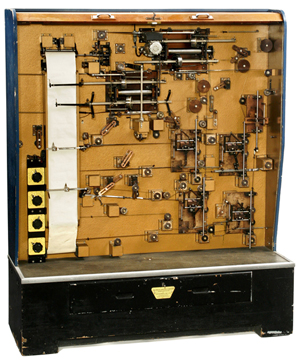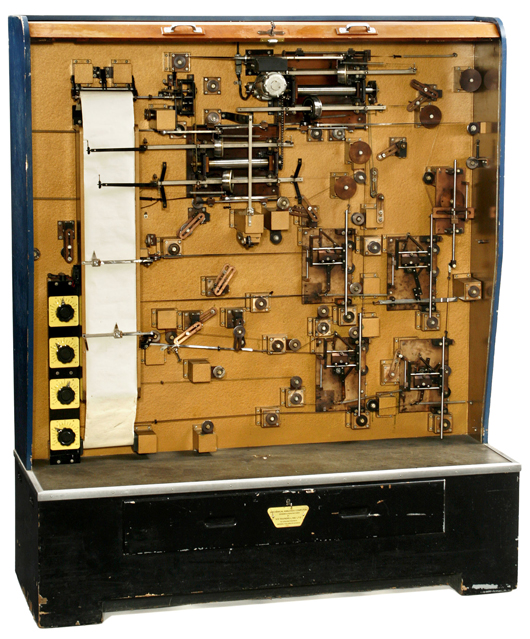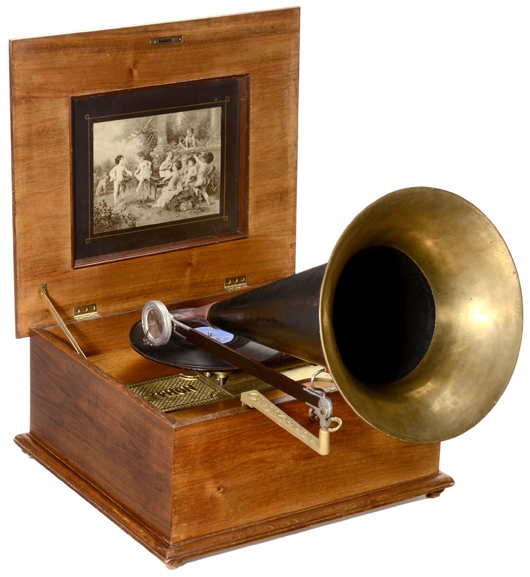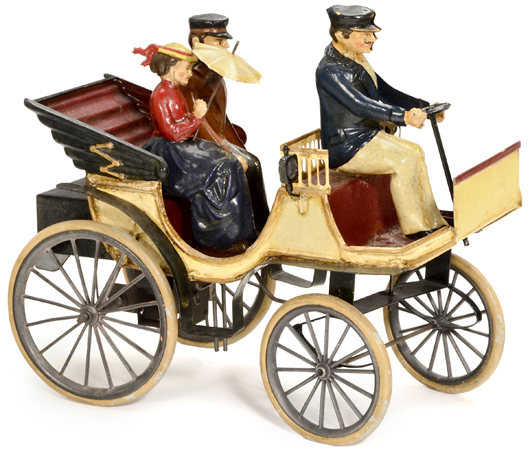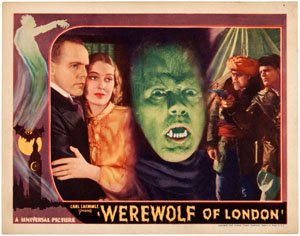
YORK, Pa. – From Mickey Mouse to Picasso, Spider-Man to JFK, Hake’s will make a stop at nearly every popular collecting corner during its November 11-13, 2014 auction, with a few unexpected surprises along the way. A trusted source for entertainment memorabilia and historical Americana since 1967, Hake’s consistently lives up to its reputation as a knowledgeable, trustworthy source for authentic pop-culture collectibles. Their November absentee-auction event includes a number of antique and vintage items that even Hake’s own experts have never handled before.
The political memorabilia category is summarized by a statement from none other than Hake’s founder, Ted Hake, who described it as “…the overall best political section we have cataloged in 47 years of operation.”
“That’s saying something, when you consider that political items have been the cornerstone of almost every catalog we’ve produced since the beginning,” commented Hake’s president, Alex Winter. “Also, Ted is the author of several definitive price guides for political items. He doesn’t use the term ‘rare’ unless it’s deserved.”
On the subject of rare politicals, a prime example would be the card Abraham Lincoln autographed and dated Sept. 24, 1863 with an inscription to “A.R. Walker.” Was Walker an associate, friend or constituent? “We don’t know the answer to that,” Hake said, “but what we do know is that Lincoln had many other things on his mind that day, including sending a telegram to his wife in New York City to notify her that her brother-in-law had been among those killed in a Civil War battle at Chattanooga.” Accompanied by a JSA letter of authenticity and Hake’s COA, the card is estimated at $5,000-$10,000.
Thanks to Ken Burns’ recently released TV documentary The Roosevelts, a sharper focus has been cast on the political career of Theodore Roosevelt, who ran as the Progressive Party’s Presidential candidate in 1912 together with VP hopeful Hiram Johnson. An extremely scarce, sepia real-photo jugate button of the running mates with a bull moose logo is entered in Hake’s sale with a $2,000-$5,000 estimate. A visually appealing button in the classic 1.25-inch size, it comes with provenance from the prestigious Don and Mildred Wright collection.
Within the political memorabilia hobby, probably fewer than six examples are known of a “Jack Once More in ’64” 4-inch button produced in anticipation of John F. Kennedy’s 1964 campaign. “Buttons of this type rarely come to auction. The only other one we could document from the last five years or so was severely spotted,” said Hake. Estimate: $2,000-$5,000.
Representing a unique buying opportunity for art collectors, a 23- by 24-inch (framed) original artwork by Pablo Picasso (Spanish, 1881-1973) is titled Soleil de Mediterranee (Mediterranean Sunshine). The work depicts the shining sun of the French Riviera above the Mediterranean Sea. Clearly, it was created for someone Picasso knew well. In addition to being signed and dated “le 7.8.56 Cannes A.M.” beneath the words “La Californie,” referring to the town’s most exclusive neighborhood, it has an added personal inscription from the artist. Translated, it says, “My dear friend / my telephone here 901-82” and “My best to you / Picasso.” The wax pastel comes with extensive provenance that includes, on verso, the embossed seal and inked thumbprint of the artist’s daughter, Maya Widmaier-Picasso. The vibrant original artwork is estimated at $35,000-$50,000.
Many auction lots contain prized original comic strip art and cels. Among the highlights are three pen-and-ink daily strips by premier Mickey Mouse artist Floyd Gottfredson. One of them, dated Aug. 14, 1934, contains an installment of the “Bobo the Elephant” storyline in which Mickey and Minnie Mouse harbor the pachyderm and protect him from others who want to take him away. Annotated by the artist in blue pencil, this artwork was obtained by the consignor as a child in the 1950s and is fresh to the collecting community. Its estimate, like the estimate for the original art from a second “Bobo the Elephant” strip – dated Sept. 28, 1934 – is $10,000-$20,000.
Original art for a third Gottfredson strip – dated March 9, 1934 and also fresh to the market – illustrates an installment of “The Captive Castaways” storyline. In this adventure, Mickey and Minnie Mouse are taken aboard a smugglers’ ship by the evil Pegleg Pete. Estimate: $5,000-$10,000. Cels include two rare black and white cels of different scenes from the animated short Two-Gun Mickey, released Dec. 15, 1934. Each is estimated at $5,000-$10,000.
Peter Parker, a k a The Amazing Spider-Man, made his debut appearance in the 1962 Marvel comic book Amazing Fantasy #15. A key Silver Age comic, AF #15 is pursued by collectors in any condition; a 9.6 copy has sold for as much as one million dollars. Hake’s will offer an issue that was CGC-certified 5.0 VG/Fine with a presale estimate of $10,000-$20,000.
From the horror movie realm, few classics eclipse the 1935 film Werewolf of London when it comes to lobby cards. Hake’s will present at auction not one, but six, original Werewolf lobby cards from the series of eight issued by Universal Pictures. “Usually the title card is the most valuable in a set of lobby cards, but one particular Wolfman card in our sale is, by far, the hardest one to obtain. It could be the one that a lot of collectors need in order to complete their set,” said Winter. “It came from one of our earliest customers, who worked in a bookstore and started collecting ephemera many years ago.” Bidding will start at $2,000 and is expected to reach $5,000-$10,000.
Toy collectors can always count on a Hake’s to bring fresh collections to the open market. The November auction includes a superb private collection of toys of all types, including prototypes, vehicles, wind-ups and more. The collection will be on display at the Nov. 1 Allentown (Pa.) Antique Toy Show and Sale.
For information on any item in the sale, call tollfree: 866-404-9800 or 717-434-1600. Email: hakes@hakes.com. Visit Hake’s online at www.hakes.com.
# # #
ADDITIONAL IMAGES OF NOTE


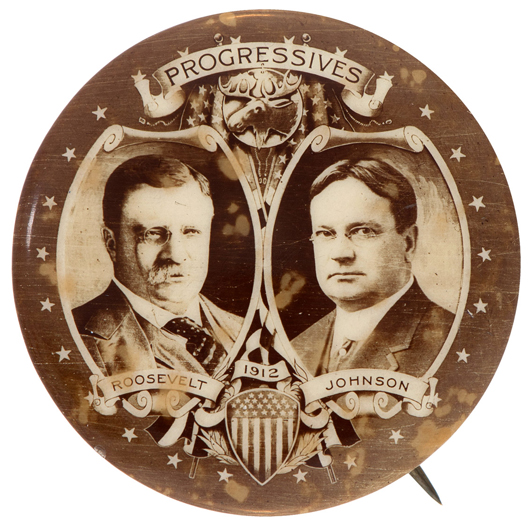
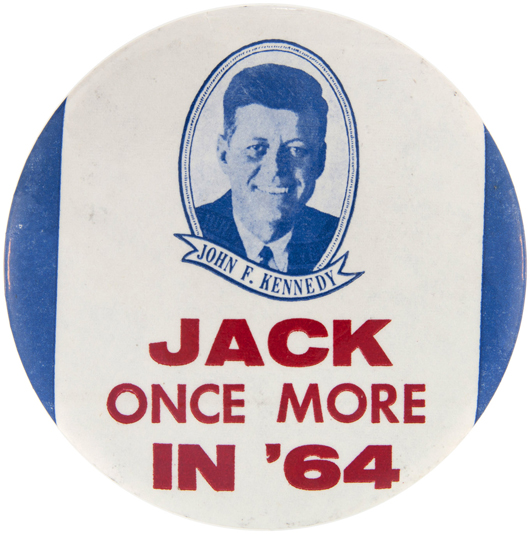
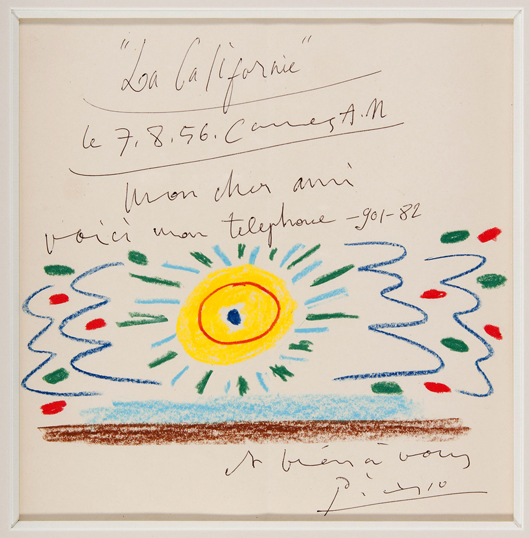
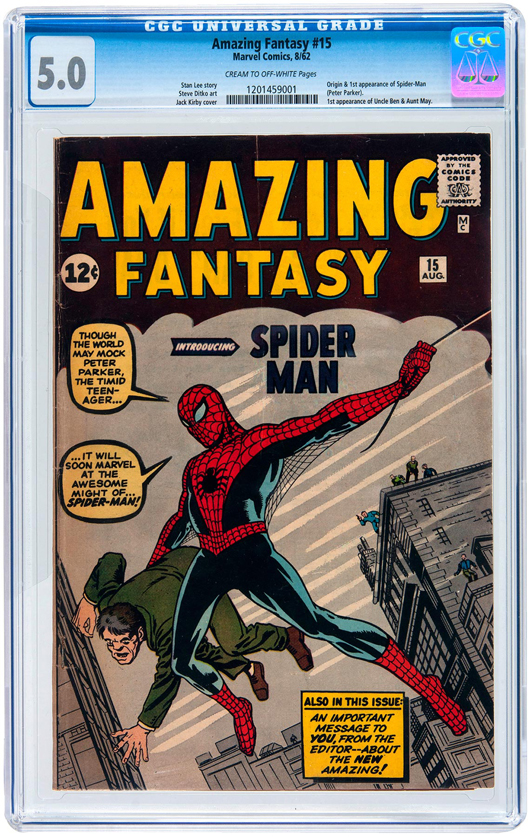
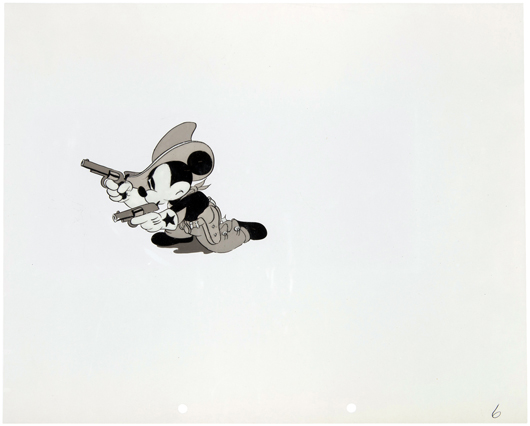




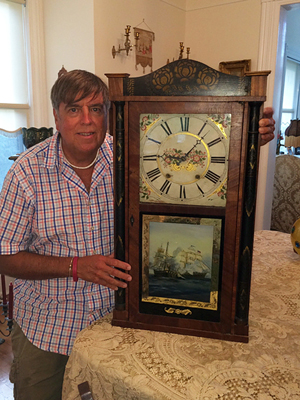
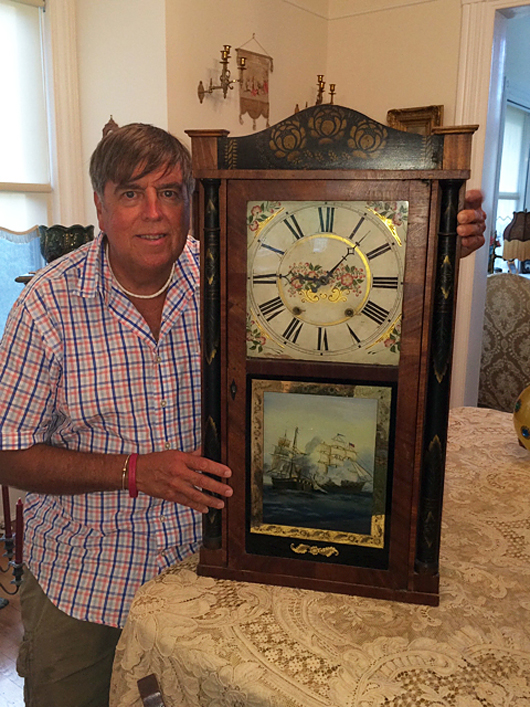
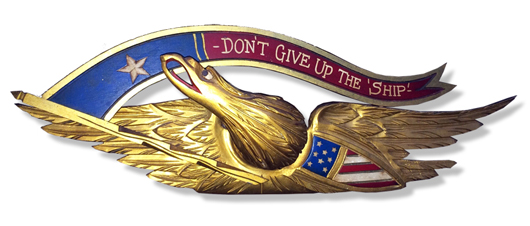
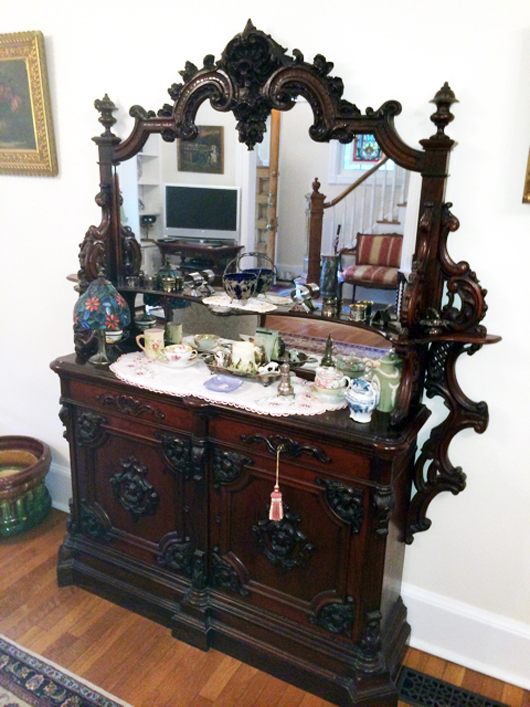
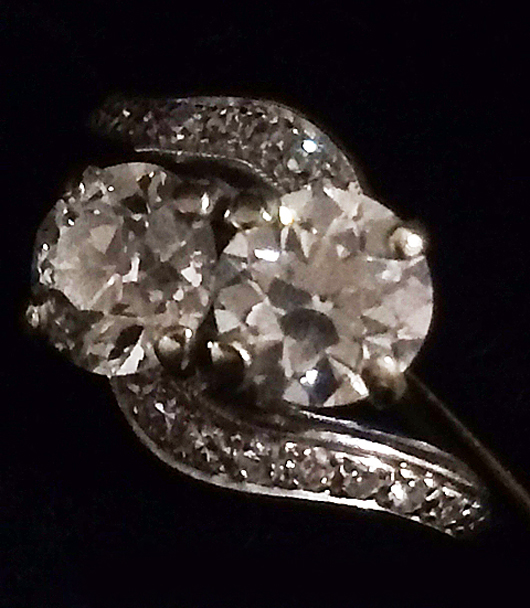
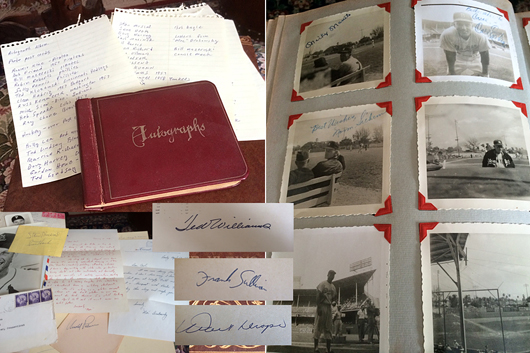
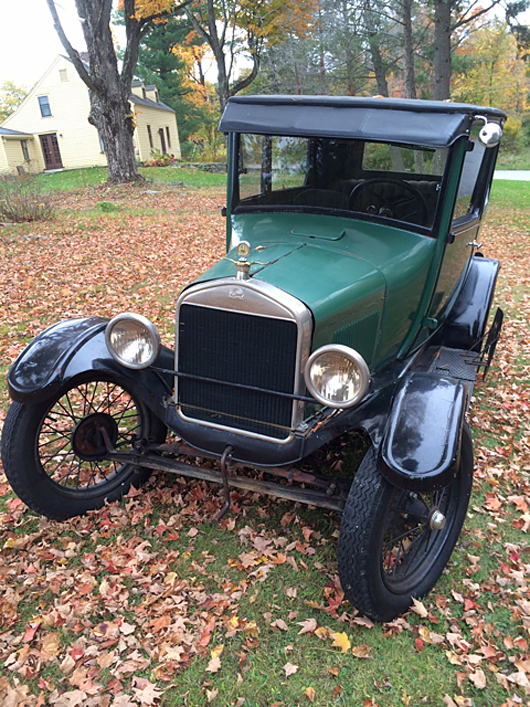
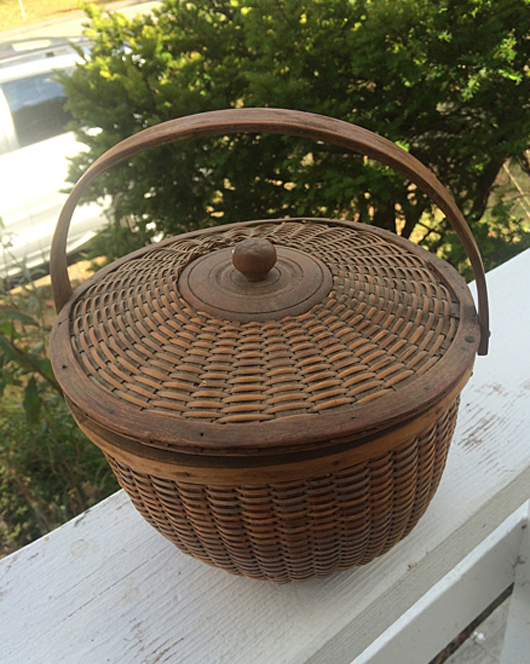
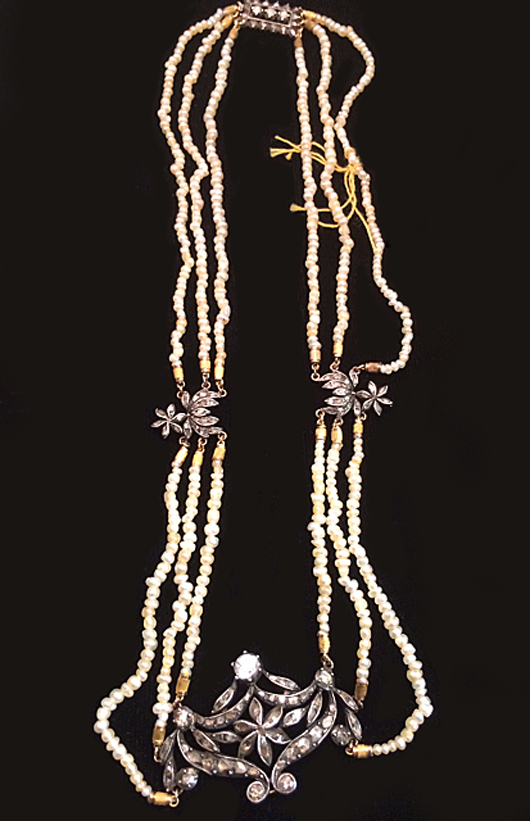
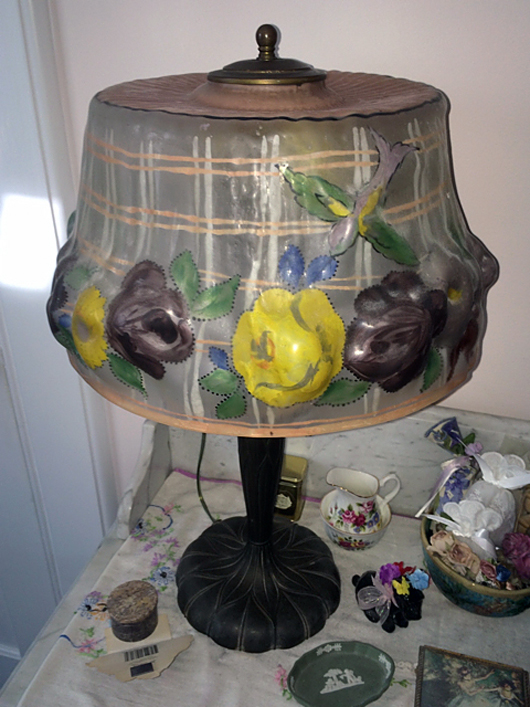
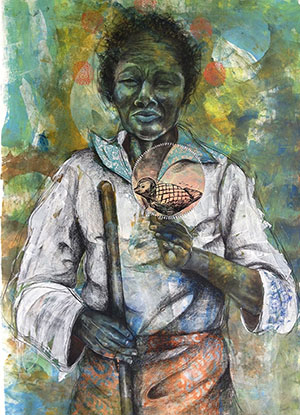
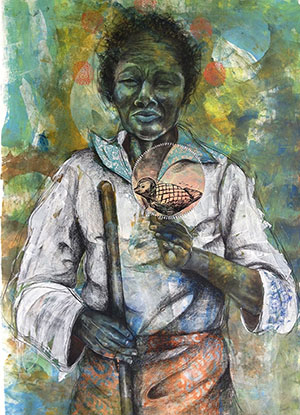
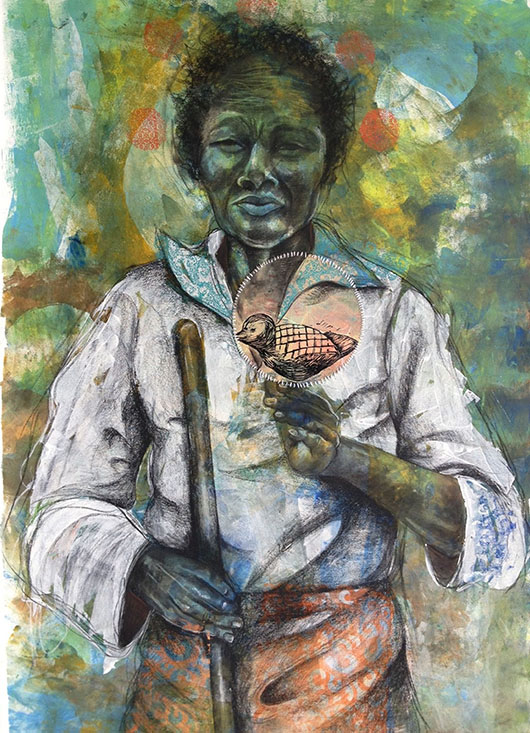
 ” title=”
” title=”